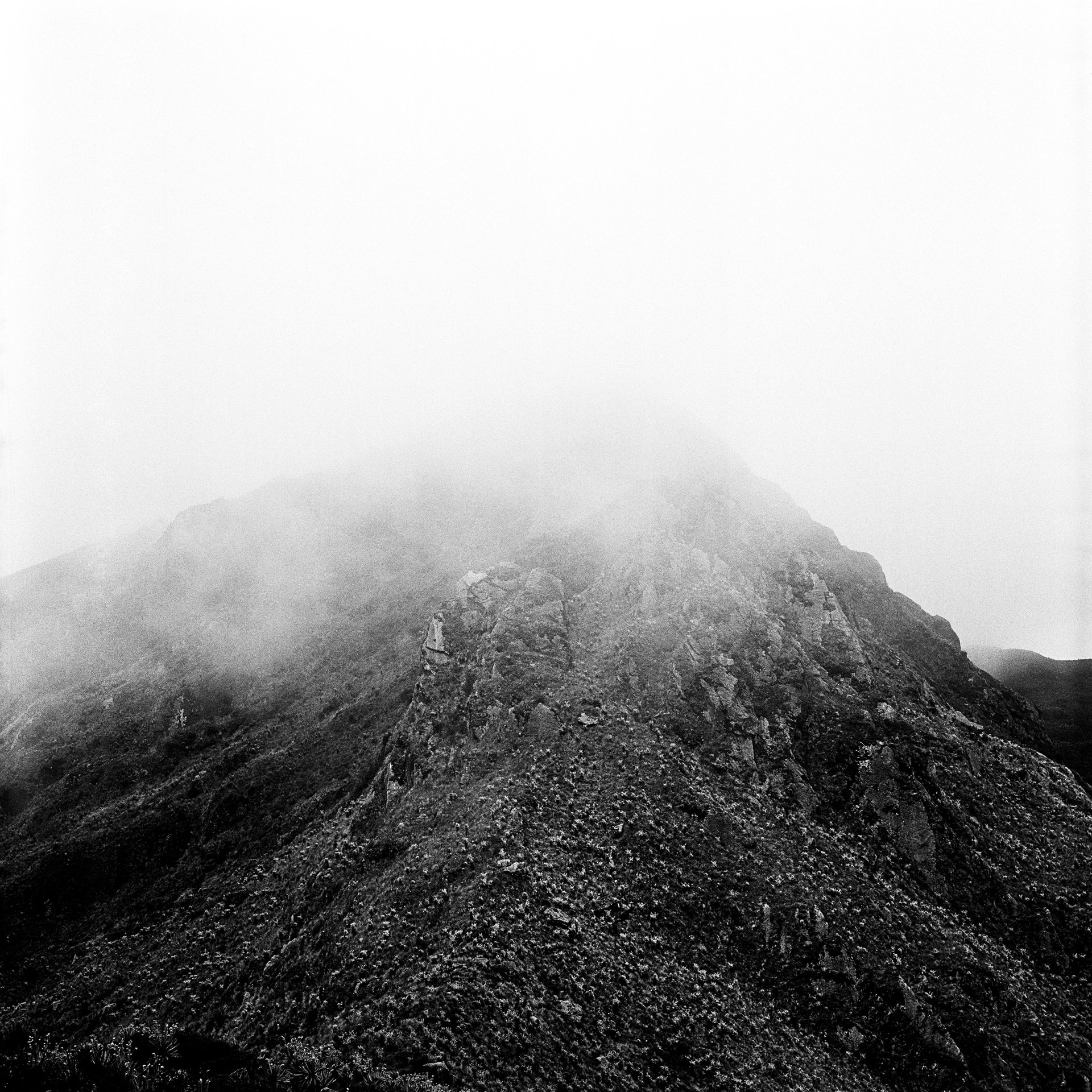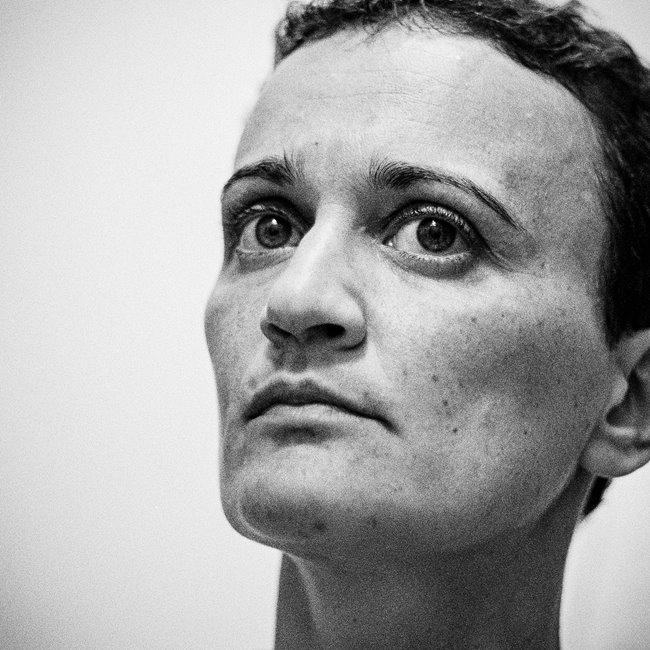The Páramo de Sumapaz, a natural park near Bogotá considered the largest páramo ecosystem in the world, was reputedly used by guerilla groups as a corridor for weapons trafficking and transporting kidnap victims, and by various perpetrators as a burial place for the forcibly disappeared.
Around 100,000 people have been forcibly disappeared in Colombia over the past 60 years, according to figures released by the Colombian Attorney-General. Most of them are still missing today. The perpetrators of these forced disappearances come from all armed agents involved in Colombia’s internal conflict. The spectrum of armed actors includes guerrillas of the Revolutionary Armed Forces of Colombia (FARC), the largest guerrilla group in the country until the signature of a peace agreement in 2016; state security forces; paramilitary groups; and illegal groups involved in illicit trade, along with other criminal groups, who use it as a method of silencing opposition. In most documented cases, it is not clear who the alleged perpetrator was, or why a person disappeared. According to the Colombian National Center for Historical Memory (CNMH), most of those forcibly disappeared during the years of internal conflict were civilians caught up in the fighting. Forced disappearance has also become a strategy of social control. Targets are frequently human rights defenders, relatives of victims, witnesses, social leaders, members of opposition political parties, protesters, and legal counsel dealing with cases of forced disappearances. Most of the disappeared are thought to end up in anonymous graves, but bodies have also been disposed of in rivers, or in the ovens of crematoria or sugar mills.
This nine-year project is a visual tribute to absence. It documents the lives of families hoping for their loved ones to return, and work carried out under ’Plan Cementerio’ – a national program to exhume and identify remains of the thousands of disappeared who remain in unregistered graves during the years of armed conflict, and to return their remains to their relatives. After years of photographing and investigating the crime of forced disappearance in Colombia, the photographer feels that Colombia’s post-conflict stage cannot prosper without uncovering what happened to the thousands of people that are still missing, and proving accountability.

